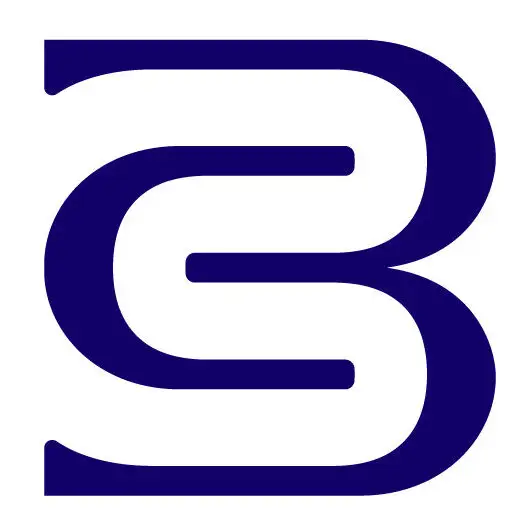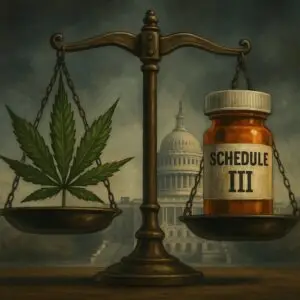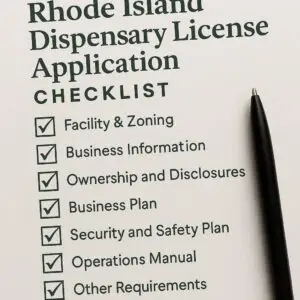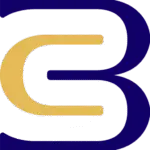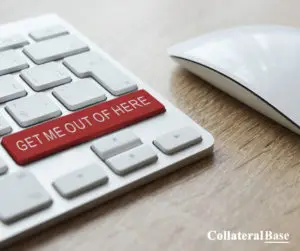 Check Kiting constitutes a type of bank fraud very popular before the early 2000’s. A federal regulated called Check 21 prevented most check kiting schemes since its passed in 2004. Even though not as common as it used to be, check kiting is still present in many fraudulent transactions. Here we explain to you everything there is to know about this illegal procedure
Check Kiting constitutes a type of bank fraud very popular before the early 2000’s. A federal regulated called Check 21 prevented most check kiting schemes since its passed in 2004. Even though not as common as it used to be, check kiting is still present in many fraudulent transactions. Here we explain to you everything there is to know about this illegal procedure
Define Check Kiting
Check kiting is the fraudulent procedure of deliberately issuing a check for which there is not sufficient money to pay the stated amount.
The scheme usually involves several checking accounts at different banks. In effect, a bank deposits accessible money into an account while waiting for cash to be processed from an account at another bank when in actuality the other account holds no money.
Check kiting in accounting is always intentional. Those engaged in kiting have a detailed understanding of the bank’s timing, and will take advantage of it to withdraw cash just before the bank discovers that there is something wrong, keeping ahead of the funds-clearing mechanism.
Check kiting schemes have resulted in multi-million dollar losses for financial institutions. Check kiting involves multiple accounts because it takes more than one checking account to float the presentment of the note. The bank won’t find out there is insufficient funds until it is too late. The scheme involving these bank accounts constitutes a form of check fraud that results from depositing funds with a bad check.
Elements to Check Kiting:
- Having checking account A, and checking
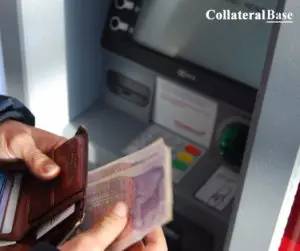 account B from different banks,
account B from different banks, - Writing a check from checking account A, for which there is not sufficient cash in the payer’s account.
- Deposit the fraudulent check in checking account B.
- Withdraw the funds from checking account B.
Examples of Suspicious Circumstances
This examples have been provided by regulatory agencies to help the identification of suspicious transactions that may indicate check kiting:
- Several accounts with similar names, owned or controlled by the same individual
- Regular or excessive drawings against uncollected funds
- Frequent daily negative ending balances or overdrafts
- Deposits of large checks drawn on nonlocal banks or foreign banks
- Frequent, large deposits drawn on the same institution
- A large number of check deposits each day
- A large proportion of cash in an account that has not yet cleared the paying bank
- Deposits made through multiple bank branches
- A low average daily balance in relation to deposit activity
- A low collected funds balance in relation to the book balance
- A volume of activity or large debits and credits inappropriate in relation to the nature of the business
Is it the same as playing the float.
You may have heard of the expression playing the float, and don’t worry it’s not the same as check kiting.
Float refers to the amount of time it takes for money to move from one account to another. Meaning, Playing the float is the process of writing a check with no bank balance covering it, expecting the fund to be in the bank when the check clears.
In the past, playing the float was easier, because the period of time between when a check was written by the payer and when the funds were transferred to the payee was longer. The Check 21 law had the practical effect of shortening that opportunity.
There is a fine line between playing the float and actual check kiting. Check kiting is the illegal act of knowingly writing a check from a bank account without sufficient funds and depositing it into another bank account. While playing the float is taking advantage of the funds-clearing time period to have to receive the sufficient funds to cover the check.
Check kiting is a fraud, playing the float is not. Playing the float doesn’t result in harsh penalties, while check kiting does.
Check 21 Act Stops Most Check Kiting Schmes
Check 21 law, is a federal law to combat check kiting that became effective on October 28, 2004.
The Check Clearing for the 21st Century Act, or Check 21, is designed to enable banks to handle more checks electronically, instead of moving the original paper checks from the bank where the checks are deposited to the bank that pays them, making check processing faster and waymore efficient.
Check 21 act may seem like a very subtle and expected change, but its consequences are enormous.
It meant that not only could banks exchange the images between themselves, customers could deposit an image instead of a paper check as well.
Since its passing, the services have evolved exponentially, and the necessary computer hardware has improved and become less expensive and more available for all americans.
More importantly, Check 21 has allowed us to receive and have access to our funds sooner.
How to prevent Check Kiting
Check kiting harms the bank that has allowed funds to be withdrawn from the new checking account without first waiting for funds to arrive.
Banks fight this by not allowing funds to be withdrawn from an account until a certain number of days have passed.
But any individual could be subject to check kiting, as well. Here are some tips to prevent becoming a victim of check kiting:
1 . Only accept checks for the exact amount owed to you.
- If a customer offers you a check for more than the amount they owe, then asks you to give them cash for the difference, and you accept and then the check is returned by the bank, you can become a participant in a check-kiting scheme unintentionally .
- For online transactions the fraudster might send you payment, then inform you that they “accidentally” overpaid you. They’ll ask for you to pay the difference by wiring transfer or cash.
2. Wait until the check clears to refund the overpayment.
- If someone overpays you with a check and wants a refund, tell them that you’ll gladly do it after the check clears.
- Refuse to pay any refund until the check no longer says “pending” in your bank account.
3. Look into checks that clear your bank account out of sequence.
- Checks out of sequence might indicate that someone has stolen a checkbook and is using your bank account for a check-kiting scheme.
- Checks out of sequence could also indicate that someone has ordered checks on the account starting at a different number than the ones you’re currently using.
4. Restrict access to company checks if you’re a business owner.
- A check kiter can use your company checks for its check-kiting scheme without your knowledge
- Keep all blank checks in a locked safe with restricted access.
 Penalties for Check kiting
Penalties for Check kiting
Penalties for check kiting always vary depending on the case, but millions of dollars cases can end with sentences of more than 10 years in prison and enormous fines. Smaller or first-time infractions can result in harsh penalties. It is a federal crime.

